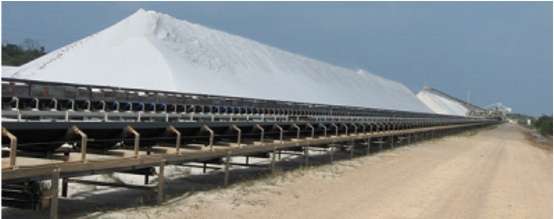ASX Silica Sand Companies
Silica sands must be at least 95% silica (SiO2) and less than 0.6% iron oxide. Lower grade sand is usually called regular sand or construction sand. The world consumes about 300M tonnes of silica sand every year. The largest consumers are China and North America
Some are predicting a looming shortage of silica sand, particularly the highest quality, as required by glass making and metal casting. In particular, very high purity is required for solar panels, fibre-optics, LCD panels and other electronic uses, such as Corning’s gorilla glass® used in smart phones.
Other uses include hydraulic fracturing, concrete, asphalt, filtration, metallurgical, chemicals, ceramics, golf bunkers.
If a shortage does arise, there are seven ASX listed companies that provide exposure to the sector. They are at various stages of development, but none are in production.
| Company | ASX Code | Share Price (c) | Shares on Issue (M) | Market Cap (M) | Project |
| Aus. Silica Q Group | ASQ | 8 | 268 | 21 | Various, WA |
| Cauldron Energy | CXU | 3.7 | 452 | 17 | 3 projects, WA |
| Diatreme Resources | DRX | 2.3 | 2575 | 59 | Galalar, QLD |
| Metallica Minerals | MLM | 3.8 | 324 | 12 | Cape Flattery, QLD |
| Perpetual Resources | PEC | 8.9 | 476 | 42 | 3 projects, WA |
| Suvo Strategic Mins. | SUV | 13 | 428 | 56 | Nova, WA |
| VRX Silica | VRX | 29 | 505 | 146 | 3 projects, WA |
There is one Australian producer, Cape Flattery Silica Mines, owned by Mitsubishi. The operation is located in far northeast Queensland at Cape Flattery. The sand is very high quality at 99.93% Silica.

The price of silica sand varies, depending upon quality. Sand for glass making ranges in price from USD35/t toUSD100/t for 99.5% silica, up to USD400 for 99.8% right up to USD5,000 for 99.997%.
Silica sand or dust can cause silicosis of the lungs and it is therefore regulated. It is particularly dangerous when used in sand blasting without the appropriate protective gear.
Silica sand in glass making can be substituted by chromite, olivine, staurolite and zircon sand.
